Navigating Cooperation and Complexity in a Multipolar Asia
Navigating Cooperation and Complexity in a Multipolar Asia
By Mehmet Enes Beşer
As the tectonic plates of international power continue to shift, Southeast Asia’s squarely in the middle of a changing geopolitical order. Its economic vigor, political volatility, and geostrategic positioning make it a hub of key importance in the new global cooperative architecture — and competition. It is against this evolving backdrop that China’s relations with the Association of Southeast Asian Nations (ASEAN) offer a telling prism for understanding how multipolar diplomacy is being negotiated, stretched, and in some cases, reshaped.
Chinese economic ties with Southeast Asia remained strong in 2024, with China’s gigantic development schemes, economic agreements, and high-level diplomacy buttressing friendships. But behind the headlines concealing an economic record of success are those of complexity — subtle calibration, shoving interest, and frictions that refuse to abate. Nor is it a tale of blind alignment or doom struck rivalry but one of subtle balance, driven by hope as much as by suspicion.
Economic Realities: Pragmatism rather than Politics
The economic story is irresistibly compelling. Southeast Asian economic growth has been at a Band 4.5 to 5 percent, led by Vietnam, Malaysia, and the Philippines. China, meanwhile, continues to punch above its weight as a trading nation and infrastructural investor. Mega-projects such as the China-Laos Railway, the Jakarta-Bandung High-Speed Rail, and the East Coast Rail Link in Malaysia have transitioned from vague promise to actual connectivity.
These investments in infrastructure are not only physical but also strategic. They are China’s long-term investment in regional integration and supply chain interlinkage channels. The recent success of the China-ASEAN Free Trade Area 3.0 upgrade is another milestone that testifies to the region’s insatiable hunger for closer economic entwinement.
But ASEAN nations have also exercised agency in this relationship. They are engaging China not in weakness, but in a hard-headed calculation of diversification and national interest. ASEAN nations are just as eager to maintain doors open to the U.S., Japan, India, and the EU, leveraging China’s rise without being overwhelmed by it. This multi-vector diplomacy is the origin of ASEAN’s long-term strategic value — and of internal tensions.
Security Divergences: The Uncomfortable Layer
As economic cooperation is picking up steam, regional security is the most challenging dimension of ASEAN-China relations. Myanmar is perhaps the most prominent example of ASEAN’s internal conflicts and inability to enforce anything. Despite a Five-Point Consensus crafted in 2021, ASEAN has not managed to develop a collective reaction to the growing humanitarian and political crisis. The military regime’s belligerence, added to natural disasters and deepening refugee outflows, not only caused ecological stress upon neighboring nations but threatened ASEAN’s cornerstone ideology of non-interference as well.
The second is the South China Sea — the region’s perpetual pain in the side of diplomacy. The Philippines, with its shift in strategy going west once more, has also been more forceful and explicit in its own response to sea disputes with China. This occasionally overflows to the level of ASEAN-level rhetoric, wherein Manila attempts to use the group as a soapbox to galvanize people’s awareness regarding its sea problems. Although ASEAN’s most recent summit statement called for restraint and confidence-building, it was clear that intranational differences persist regarding how to balance collective diplomacy and national grievance.
For its own part, China has continued to press the long-stagnant Code of Conduct negotiations — but they remain spasmodic. As much as Beijing professes stability and consultation, what it does on the ground — constructing military installations and patrolling to deter — sends contradictory signals. The result is one of increasing disconnect between diplomatic reassurance and everyday reality, one ASEAN finds increasingly difficult to walk the tightrope across.
Diplomacy by Design: The Role of Symbolism
Chinese Southeast Asian statecraft has gone far beyond economic incentives. Top-level diplomacy has become the most conspicuous prong of Beijing’s outreach. Chinese leaders themselves held dozens of bilateral sessions with their ASEAN counterparts in 2024, including several state visits by Indonesian President Prabowo Subianto. These kinds of visits are not just protocol; they are occasions to spin tales, build consensus, and position China as a benevolent and necessary partner during a time of global turmoil.
Anniversaries of the great historic events — the 70th anniversary of the Five Principles of Peaceful Coexistence, the 70th anniversary of the Bandung Conference, and the 75th anniversary of diplomatic relations with Indonesia — are likewise being mobilized to call out common values and post-colonial solidarity. These are not ceremonial. To the majority of Southeast Asia, wary of great-power rivalry but sensitive to their sovereignty, such historical positioning offers another diplomatic grammar — one grounded in respect for one another, rather than ideological imposition.
The Trump Factor: Strategic Uncertainty in 2025
The most unruly card in the equation is Donald Trump’s return to the White House. ASEAN countries are already bracing for the worst. The majority fear the resurgence of tariff wars, protectionist rhetoric, and further attempts at decoupling from China. This would leave ASEAN countries in a difficult situation: caught between economic reliance on China and strategic cooperation with America.
Unlike Trump’s first term, however, Southeast Asia is more ready this time. Countries are actively engaging to diversify trade flows, digitalize economies, and build regional resilience. Backroom diplomacy to reach out to Trump’s aides early on is also underway. The aim is clear — to insulate the region from the US politics whiplash and maintain ASEAN’s long-standing policy of “not taking sides.”
Conclusion: A New Diplomacy for a New Era
The ASEAN-China relationship in 2025 is best described not as a linear bloc or oppositional conflict, but a multidimensional and dynamic engagement. Shared to its core is an understanding: that regional peace and prosperity do not depend on hegemony, but balance.
ASEAN is not naive to deflecting from the great-power rivalry path. But what it does offer — and China is increasingly acknowledging — is a system of managed coexistence. By deepening their economic integration, engaging in inclusive diplomacy, and maintaining channels of communication on security matters, both sides are building a buffer against global fragmentation.
In the future, this model will succeed or fail based on whether ASEAN stays united and whether China will act on its words. Infrastructure is valuable, but trust is too. Trade is valuable, but transparency is too. As Asia ascends, China-ASEAN partnership may become one of the greatest stories in the building of a harmonious multipolar world.



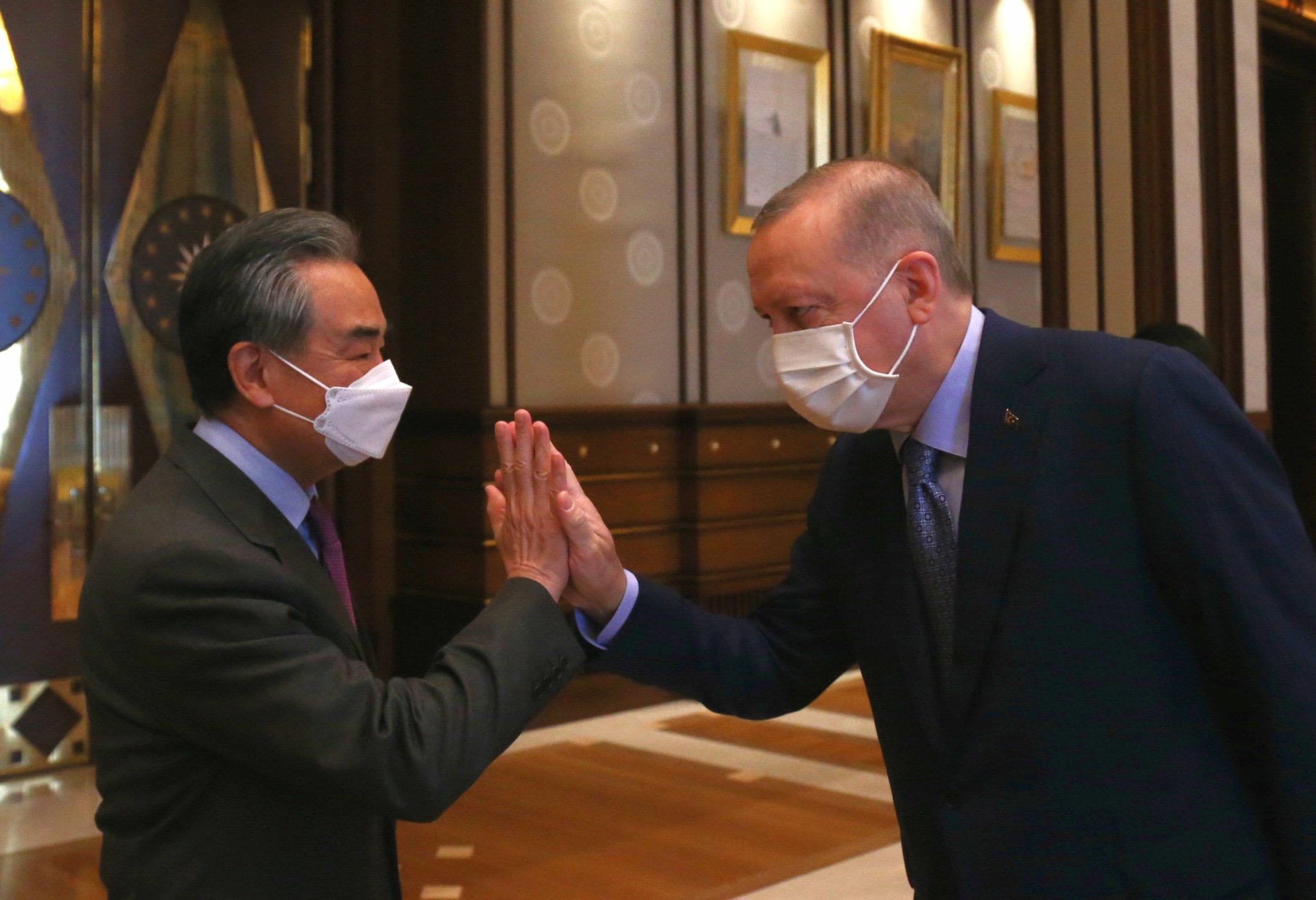



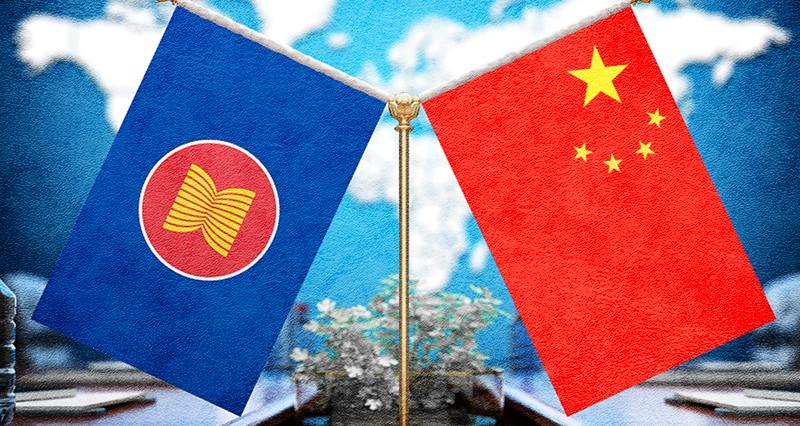





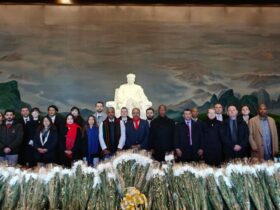
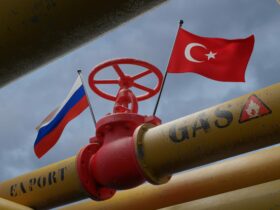
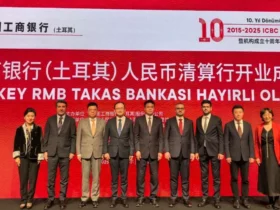
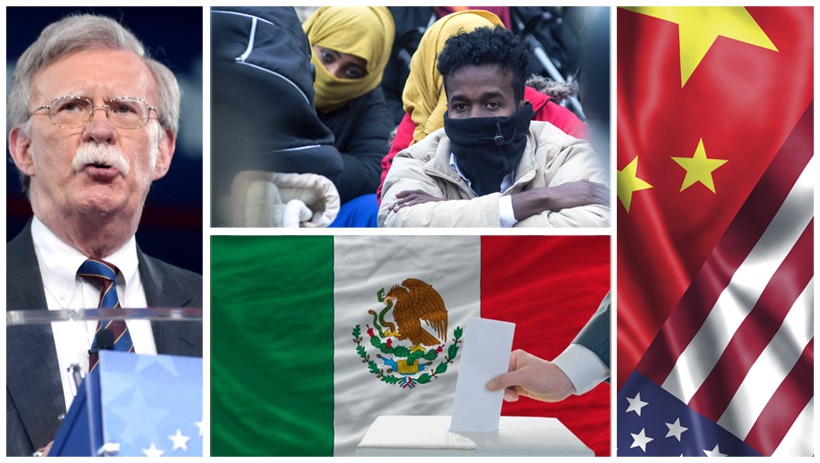
Leave a Reply